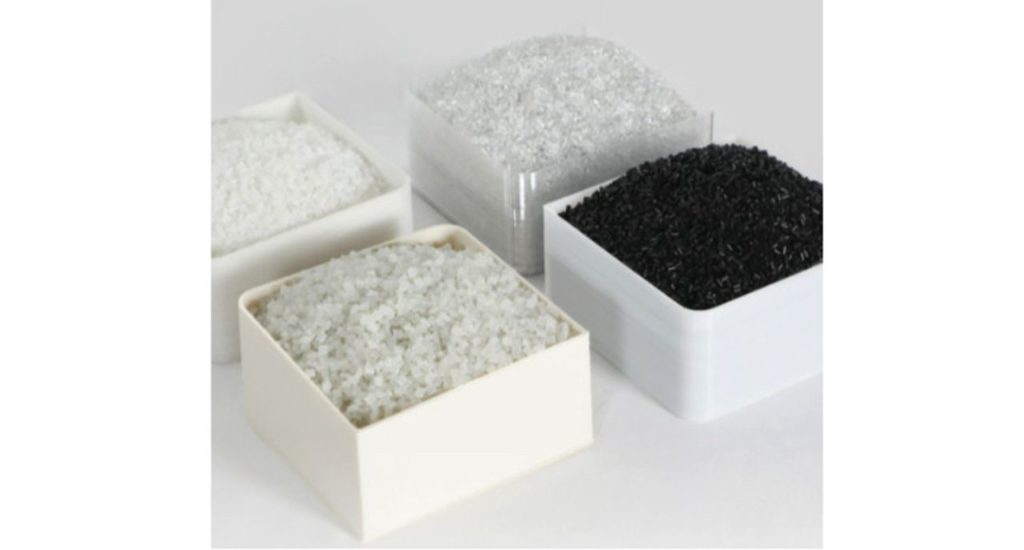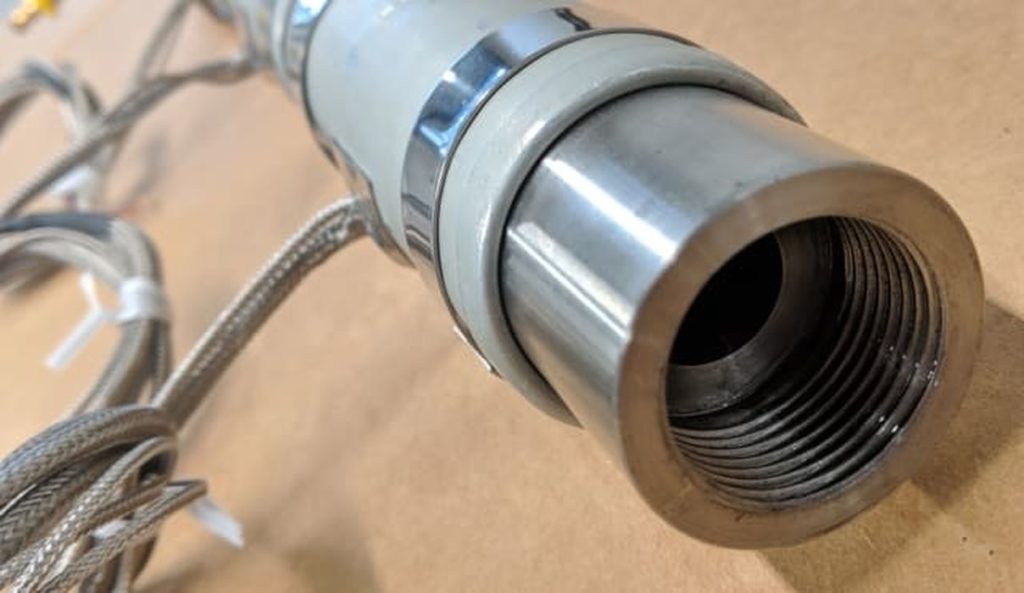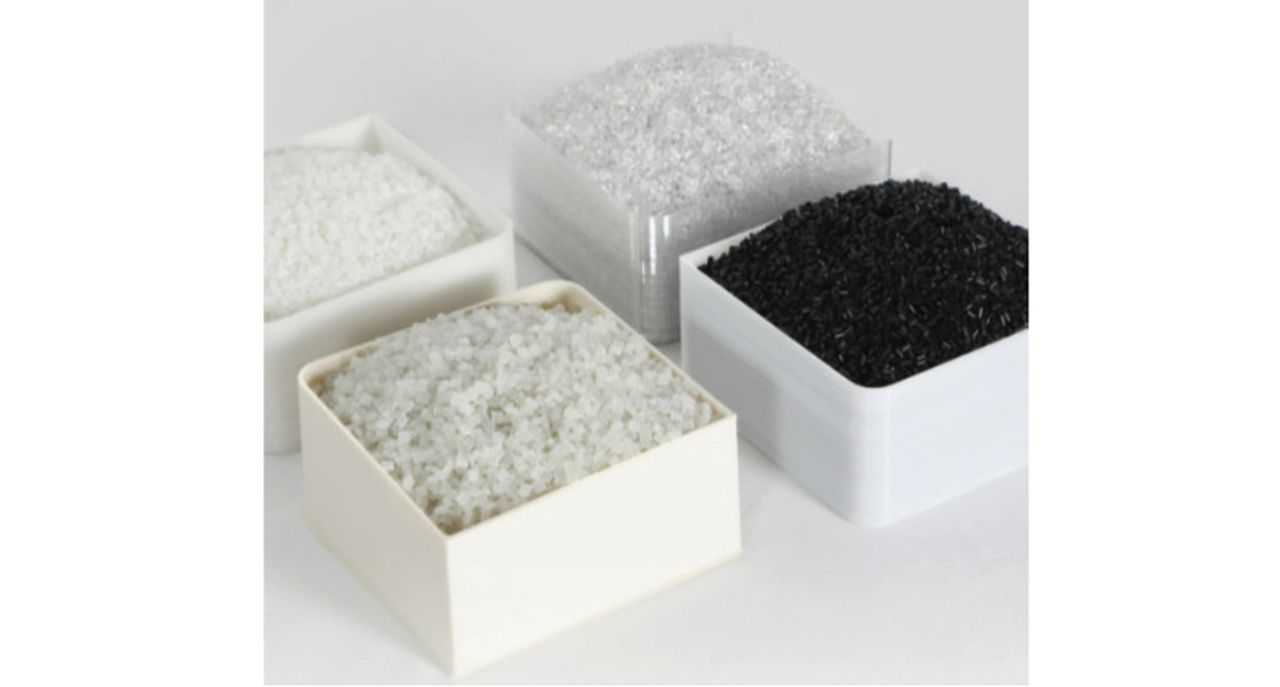
Once costly and full of limitations, fused granular fabrication (FGF) advancements are making it a viable 3D printing method for various materials, including foaming materials.
When it comes to additive manufacturing, fused filament fabrication (FFF) has steadily risen in the ranks with regard to cost, design, reliability and capability, including metal FFF, but often lacks in terms of large format printing. Fused granular fabrication (FGF), its counterpart that uses pellets instead of filaments, offers many of the same benefits as FFF but has been less accessible until now.
During the past years, leaders in the industry have been steadily making FGF more available and economical while paving the way for more environmentally friendly 3D printing at a larger scale. So, why is FGF becoming a major focus while the industry is developing new printers and materials?
Benefits of FGF
A main benefit of FGF is that it converts raw material directly to the print bed in a granular form, delivering it via a screw-driven process. Since filaments are made from that initial raw material, the process can potentially produce cost savings by eliminating the added step of converting. In pellet form, flow rate is easily increased. Instead of a filament extruder pushing the material into a small-diameter nozzle, FGF typically has larger pellet extruders that significantly increase the rate.
Although new filaments are constantly entering the market, there are still many thermoplastics and other materials that have yet to be viable for converting to filament, such as high-carbon fibers that are difficult to spool. The ability to get bulk pellets also means a cost-savings, and they are also often easier to find. If FFF will be used for a big project, it means finding enough material and possibly changing out multiple spools. With FGF, those challenges are eliminated.
If parts need to be big, even a larger FFF printer will require added time, which means a higher risk of issues. FGF printers are designed to print big, resulting in shorter turnaround times and more reliability. Since they are often designed with multiple heat zones, it also means they provide the ability to change to a new material quicker.
Companies Leading the Way
While FGF is still an evolving 3D printing method, materials developers and additive manufacturing leaders have taken note and have started collaborating to innovate the realm.
“The need for pellet materials and printers that are able to produce large-scale applications is evident,” said Hugo da Silva, DSM vice president of Additive Manufacturing. “Working side by side with innovative printer manufacturers like JuggerBot 3D allows us to create material solutions while ensuring manufacturers have access to reliable machines.”

DSM, a chemical company, formed a partnership with JuggerBot 3D in 2019. The two have continued to work together to discover new realms of FGF possibilities. One challenge that needed to be overcome was the potential for oozing in the extrusion path. JuggerBot 3D’s P3-44 FGF printer took on that problem thanks to a Posi-Melt Screw feature. Along with allowing for the use of different thermoplastics, the printer has a Posi-Stop nozzle that eliminates drooling and stringing. It features a 915 mm x 1,220 mm x 1,220 mm build volume and, according to the company, produces parts 200 times faster than other machines. It also includes an integrated workstation, professional slicing software and adaptive bed technology.
Discovery 3D Printers has been forging ahead with FGF innovations since releasing its Super Discovery 3D printer in 2016. Since then, the company has evolved its technologies and released a compact version of the printer to increase production times and address finishing challenges.
The company recently released its HYBRID model, which allows both pellets and filament to be used with output of 2kg per hour. It was designed to increase resolution, which was often lacking in early FGF printers and allow for more complex parts to be printed.
Cincinnati Inc., a build-to-order machine tool manufacturer, partnered with Ohio State University’s Center for Design and Manufacturing Excellence to expand its additive manufacturing capabilities. Its industrialized Medium Area Additive Manufacturing (MAAM) printers can be used with filament or pellet extruders. Its innovative extruders are made to deliver accurate prints at high speeds. The ability to use filament or pellets offers versatility for complex jobs.
“CI’s MAAM printer expands the diversity of printers we have to offer at CDME and further differentiates Ohio State as one of the global leaders in additive manufacturing,” said CDME Executive Director Nate Ames. “The ability to 3D print ULTEM, PEEK and PEKK at meter-scale opens a new world of manufacturing opportunities.”
Colossus was established in 2017 with a focus on designing FGF printers. Its newest offering, the Colossus XS Series, has a build volume of 1600 x 1200 x 1300 and reaches speeds of 200mm per second. Along with developing new printing technologies, the company is working with colorFabb, a filament leader, to create new options for FGF printing. That partnership has led to turning colorFabb’s lightweight LW-PLA filament into an FGF option.
“When I first saw LW PLA as a filament print, I knew this material would be revolutionary for the FGF market,” said Colossus CEO Philippe-Daniel Merillet. “The principle is almost designed for FGF technology. Printing twice as fast, twice as light, both are factors that scale with print volume exponentially. The larger you print, the larger the impact. Applying the principle to large-scale print systems only using pellets means you can easily alternate very low and very high layer heights on nozzles ranging from 1mm to 8mm, reaching a wide variety of results on a single machine. By using the foaming technique correctly and having this material stable for large-scale extrusion, parts can be produced rapidly, creating a financial advantage toward industrial adaptation.”
Read more at ENGINEERING.com

